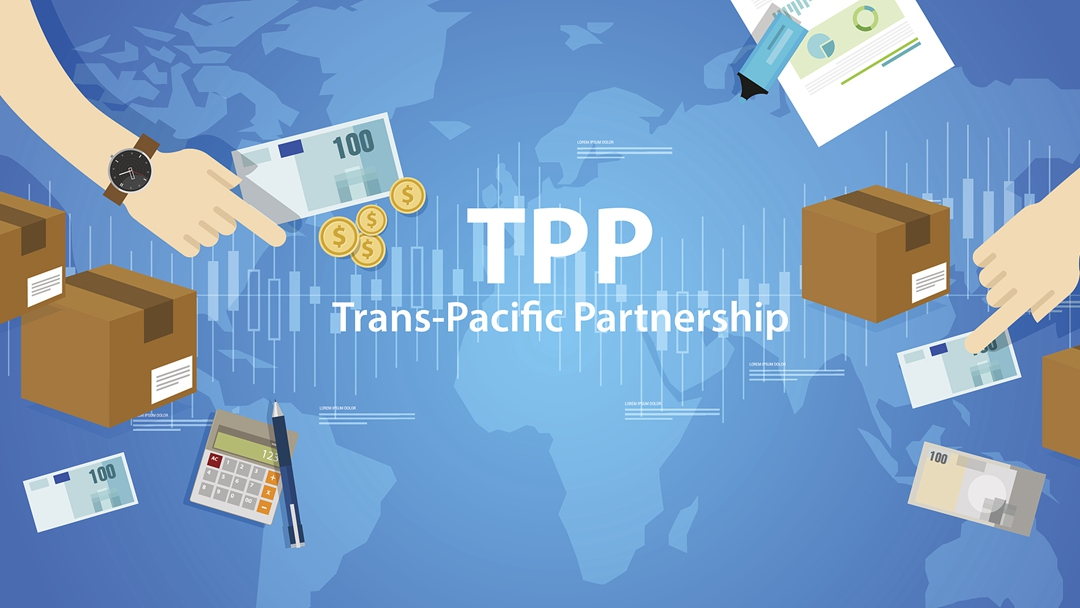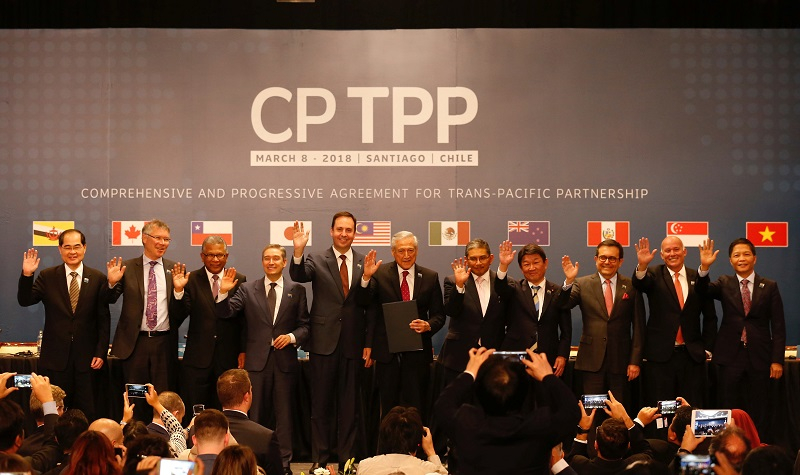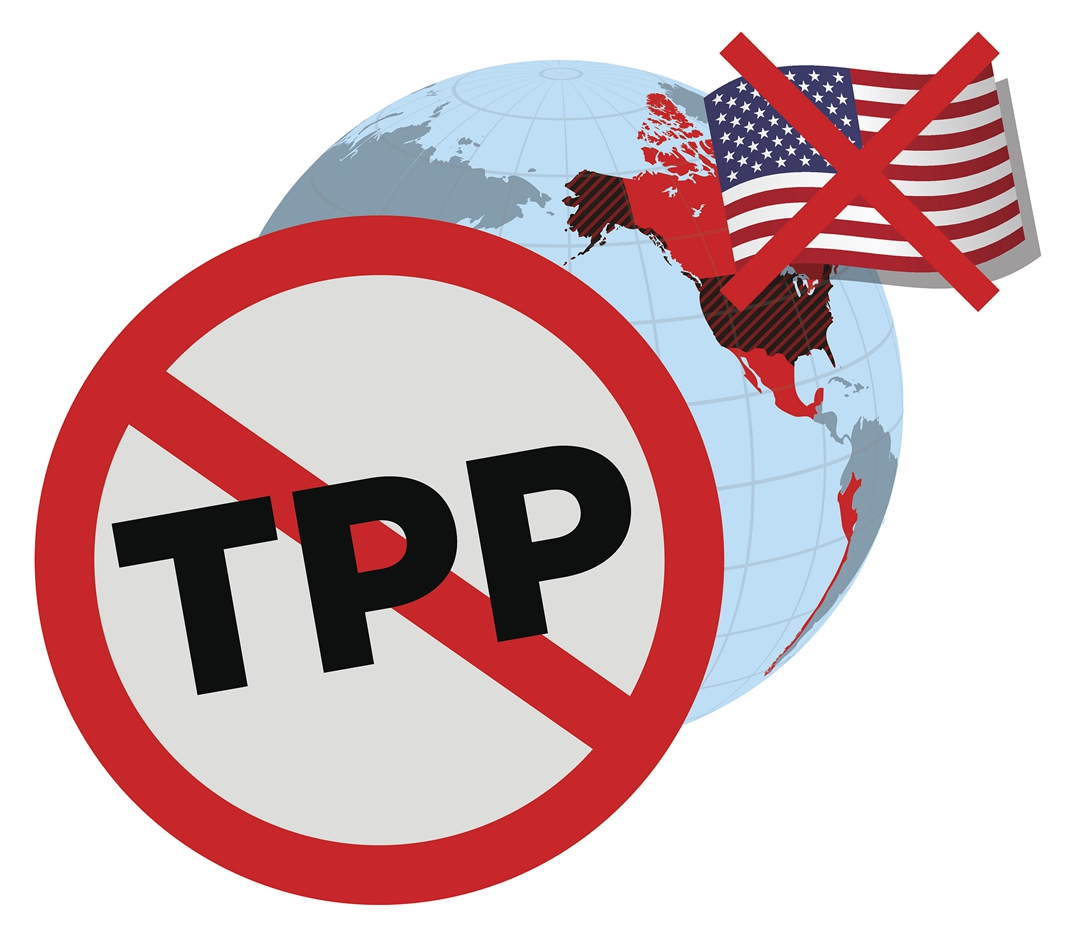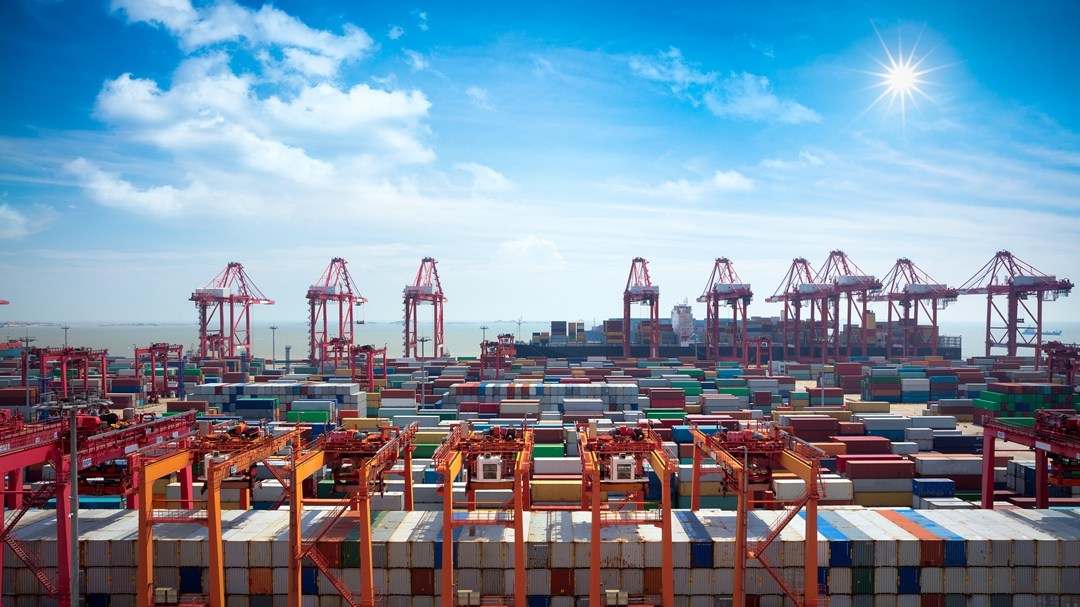
Business
18:28, 14-Nov-2018
Will China join the TPP?
Updated
17:53, 17-Nov-2018
CGTN

The Trans-Pacific Partnership (TPP), which has been revised to the current Comprehensive and Progressive Agreement for Trans-Pacific Partnership (CPTPP), is an economic agreement signed by 11 APEC members that originally aimed at promoting free trade in the Asia Pacific area.
Since the United States withdrew its signature from the pact in 2017, many have been wondering whether China would join the economic bloc, as the TPP has largely been seen as the previous US administration's design to "contain" China with some exclusive, unfair rules.

Representatives of members of the Trans-Pacific Partnership (TPP) trade deal pose for an official picture after the signing agreement ceremony in Santiago, Chile, March 8, 2018. /Reuters Photo
Representatives of members of the Trans-Pacific Partnership (TPP) trade deal pose for an official picture after the signing agreement ceremony in Santiago, Chile, March 8, 2018. /Reuters Photo
How did it come into being?
The TPP began as an expansion of the Trans-Pacific Strategic Economic Partnership Agreement (TPSEP) signed by four APEC members – Brunei, Chile, New Zealand and Singapore in 2005.
In 2016 the TPP was signed by 12 countries, including the United States, Japan, Australia, Canada, Malaysia, Mexico, Peru, Vietnam, other than the four original countries.
While their combined GDP takes up about 40 percent of the world's total, the US economy itself accounts for 60 percent of the bloc.
In January 2017, US President Donald Trump announced the US' pull-out from the TPP soon after taking office, saying Americans would lose jobs if it joined the multilateral free trade deal.
The remaining 11 TPP countries agreed last May to revive it and reached the updated agreement in January 2018, which is the current CPTPP that incorporates most of the provisions of the TPP and will enter into force on December 30, 2018.

US President Donald Trump announced the US' pull-out from the TPP in January 2017. /VCG Photo
US President Donald Trump announced the US' pull-out from the TPP in January 2017. /VCG Photo
Why is China not a member of the TPP?
From the beginning, China has not participated in the negotiations of the TPP.
Ling Shengli, an expert in international studies at China Foreign Affairs University, said that since the TPP's earlier leadership excluded China from its plans, Beijing lacks a detailed understanding of TPP regulations and its members' interests.
"China needs to better understand other economies' interests and primary concerns, in order to get their support to develop a more inclusive Asia-Pacific cooperation arrangement," Ling wrote in an opinion piece for China Daily.
Will China join the TPP in the future?
Experts believe that the chance of China joining the TPP is small, because some the rules are not in accordance with its interests. But China is ready to hear out TPP member countries' concerns to help pave the way for an early agreement on free trade in the Asia-Pacific.
China's foreign ministry has also repeatedly stated that China is open to trade arrangements that are conducive to Asia-Pacific economic integration and regional trade and investment liberalization, but China advocates that trade agreements should be open, inclusive, and equal and beneficial to all participants, and should not be politicized.

VCG Photo
VCG Photo
The TPP, however, includes rules that are exclusive among member states as some contents of the negotiation process are even kept secret from the outside world, experts said.
Currently, the Regional Comprehensive Economic Partnership (RCEP), a free trade agreement that takes into account different political systems and economic developments in countries around the Asia Pacific area with openness and inclusiveness, is in the final stage of negotiations.
Viewed as an alternative to the TPP, RCEP, once reached, will become the world's largest economic bloc with a population of 3.4 billion people and a total GDP of 49.5 trillion US dollars, almost 40 percent of the world's total.

SITEMAP
Copyright © 2018 CGTN. Beijing ICP prepared NO.16065310-3
Copyright © 2018 CGTN. Beijing ICP prepared NO.16065310-3